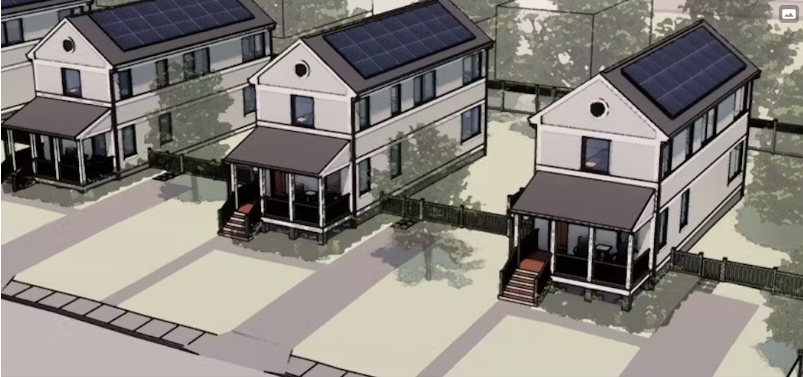
Block Energy LLC is working with utility Pepco on a new project to create zero-emission community energy systems for an affordable home complex in Fairmount Heights, Maryland.
Pepco will utilize the BlockEnergy residential battery storage system combined with rooftop solar at six family homesites. They are working in tandem with non-profit developer Housing Initiative Partnership, which will market the homes to first-time buyers who earn 80 percent or less of area median income, according to the release.
Fairmount Heights supports the community microgrid project as a step forward in its efforts to be certified under the Sustainable Maryland program for municipalities which embrace low or zero-emissions energy.
The companies are officially breaking ground on Friday. Site preparation has already begun, and the prefab homes are expected to be delivered early next year, the BlockEnergy boxes installed and energized by late spring, according to a Block Energy spokesperson.
Project completion and occupancy should happen by the summer 2024.
Fairmount Heights is part of Prince George's County, Maryland, which borders Washington, D.C. to the east. it is about 36 miles south of Baltimore.
The BlockEnergy system was unveiled last year when it came into operation in Tampa. Located in the Southshore Bay housing development in Hillsborough County, the project serves 37 homes.
The project makes each home into a nanogrid with its own solar, batteries and control technology. An inverter converts the microgrid’s direct current (DC) power to alternating current for use inside the home.
The homes are then connected together via a cable network system — a DC bus — that loops through the neighborhood. This allows the homes to share their energy resources.
If the solar panels on the homes don’t generate enough power at any given time, the homes have a fallback system — a central energy park run on solar and natural gas that is located near the neighborhood’s entrance and connects to the homes’ network.